GC-1 spg Cells
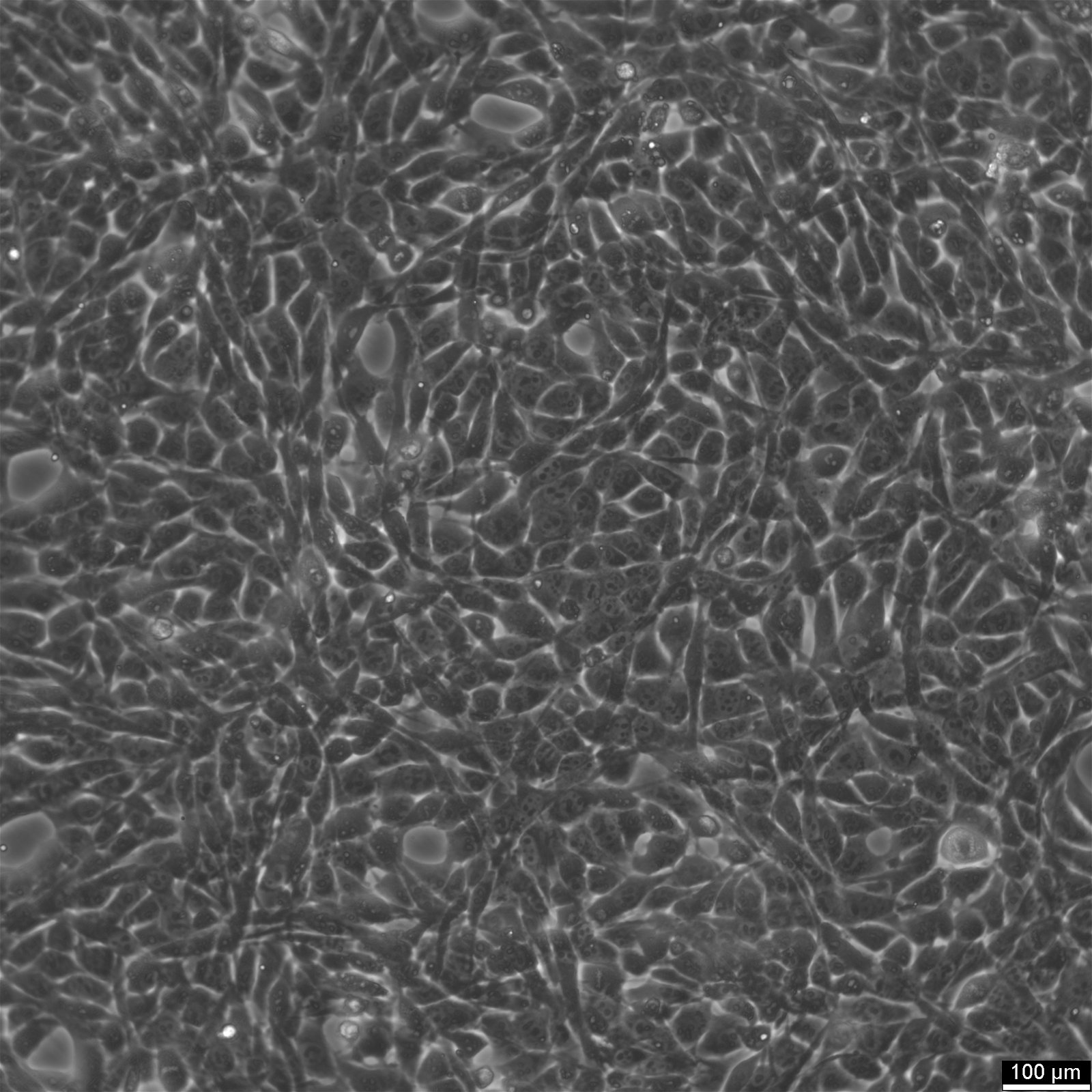
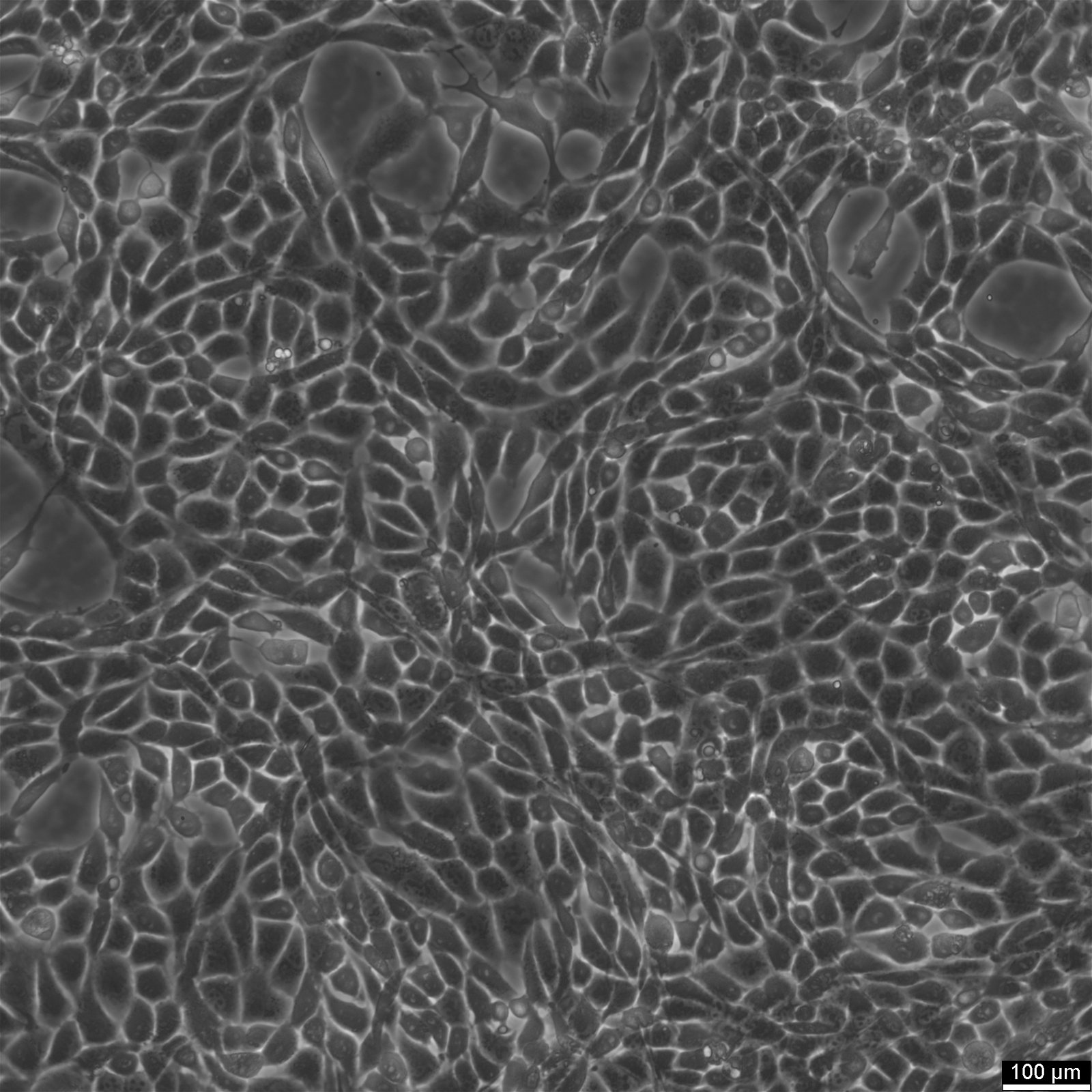
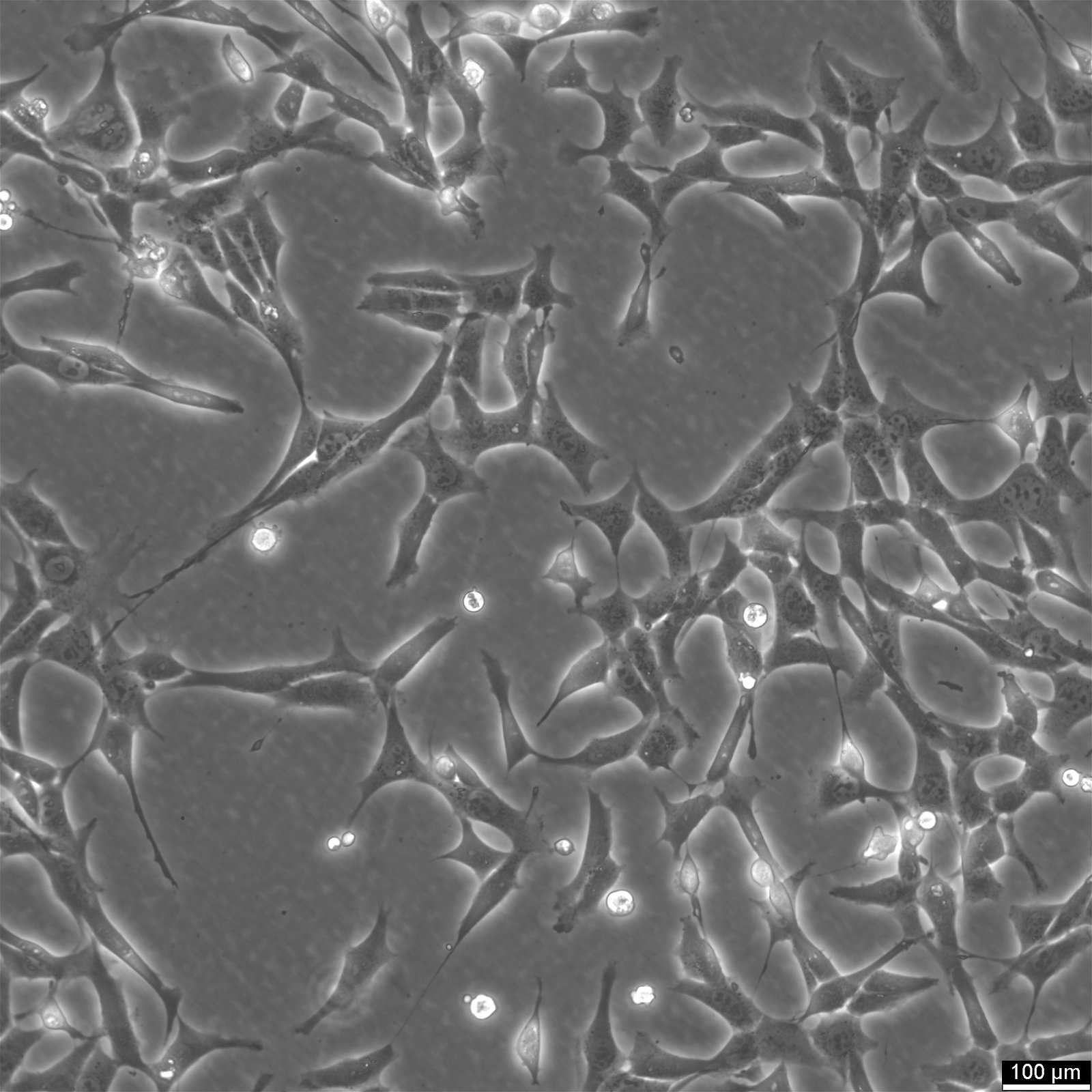
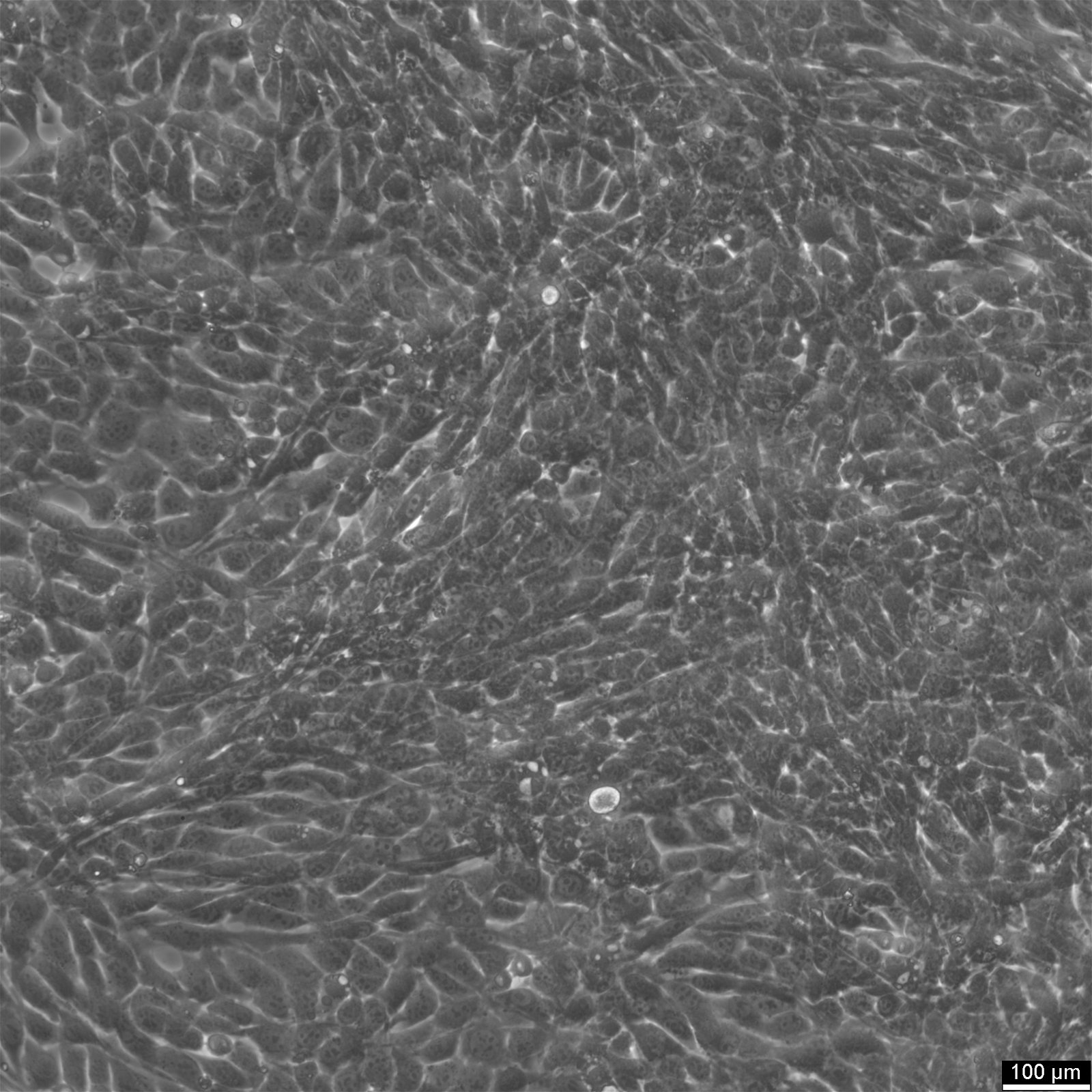
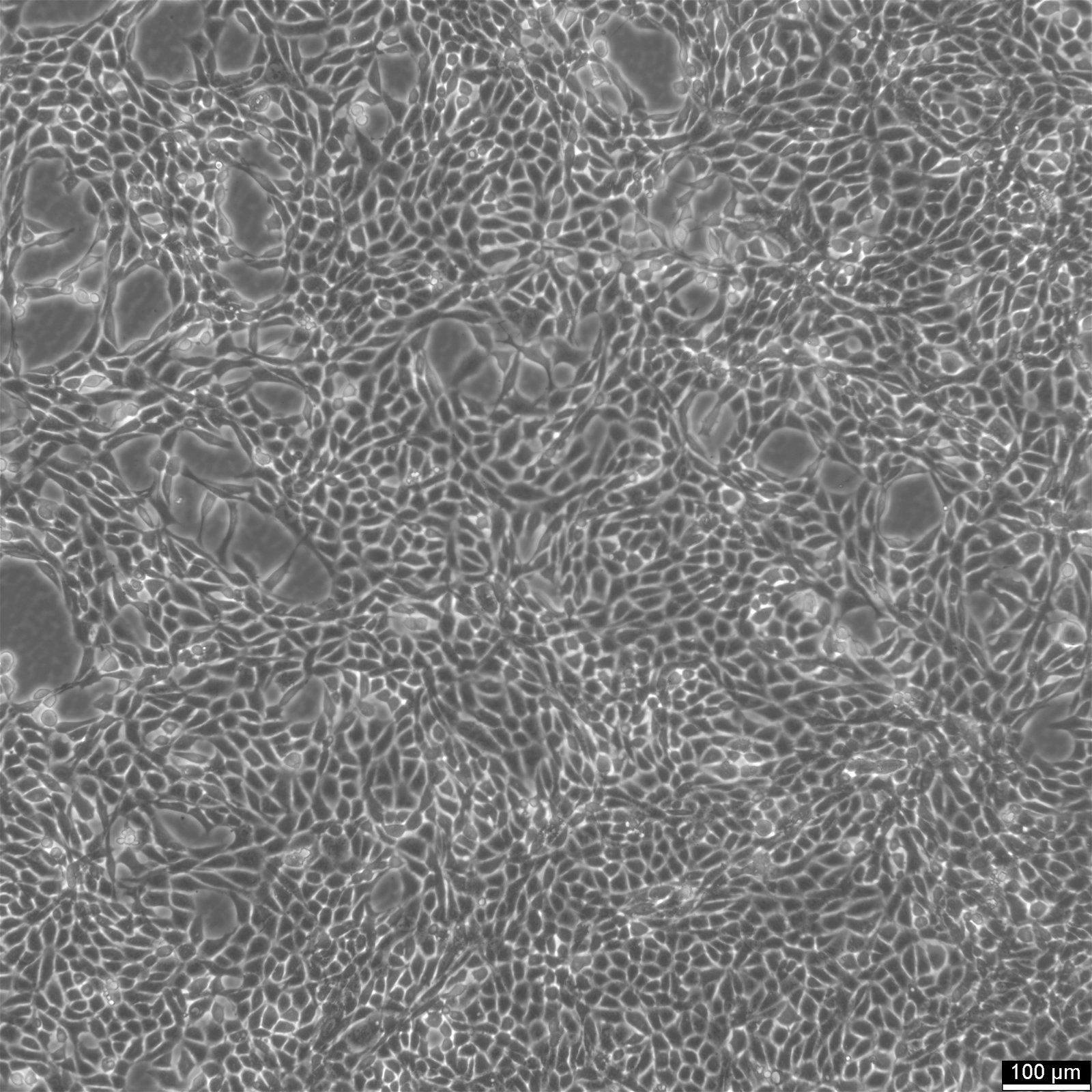















General information
| Description | The immortalized cell line GC-1 spg originates from the testis of a transgenic mouse engineered with the SV40 early region. Distinct cell types contributing to the seminiferous tubule in the mouse testis have been immortalized and cultivated, resulting in a diverse collection of cell lines. This includes 16 peritubular cells, 22 Leydig cells, 8 Sertoli cells, and one germ cell line, GC-1 spg, all of which have shown exceptional growth and consistency throughout the culture period. Developed through the immortalization process facilitated by the SV40 large T antigen, GC-1 spg cells have demonstrated exceptional stability and viability. The establishment of the GC-1 spg germ cell line represents a significant achievement. These cells occupy a crucial developmental stage, bridging the gap between spermatogonia type B and primary spermatocytes. Their distinct morphological and molecular features, observed through phase contrast and electron microscopy, allow for precise identification. Additionally, GC-1 spg cells express the testicular cytochrome ct and lactate dehydrogenase-C4 isozyme, confirming their resemblance to in vivo counterparts. Given their tissue origin and their striking similarity to spermatocytes, GC-1 spg cells hold immense potential for various applications, with a particular focus investigations in reproductive biology. Researchers can utilize these cells to study the intricate processes involved in male germ cell development, uncovering valuable insights into reproductive biology and fertility. |
|---|---|
| Organism | Mouse |
| Tissue | Testis |
| Applications | 3D cell culture |
| Synonyms | GC-1spg, GC-1, GC1-SPG |
Characteristics
| Age | 10 days |
|---|---|
| Gender | Male |
| Morphology | Epithelial |
| Cell type | Spermatocyte |
| Growth properties | Adherent |
Identifiers / Biosafety / Citation
| Citation | GC-1 spg (Cytion catalog number 300375) |
|---|---|
| Biosafety level | 2 |
Expression / Mutation
| Viruses | Transformant: Simian virus 40 (SV40) T antigen |
|---|
Handling
| Culture Medium | DMEM, w: 4.5 g/L Glucose, w: 4 mM L-Glutamine, w: 1.5 g/L NaHCO3, w: 1.0 mM Sodium pyruvate (Cytion article number 820300a) |
|---|---|
| Medium supplements | Supplement the medium with 10% FBS |
| Passaging solution | Accutase |
| Subculturing | Remove the old medium from the adherent cells and wash them with PBS that lacks calcium and magnesium. For T25 flasks, use 3-5 ml of PBS, and for T75 flasks, use 5-10 ml. Then, cover the cells completely with Accutase, using 1-2 ml for T25 flasks and 2.5 ml for T75 flasks. Let the cells incubate at room temperature for 8-10 minutes to detach them. After incubation, gently mix the cells with 10 ml of medium to resuspend them, then centrifuge at 300xg for 3 minutes. Discard the supernatant, resuspend the cells in fresh medium, and transfer them into new flasks that already contain fresh medium. |
| Freeze medium | CM-1 (Cytion catalog number 800100) or CM-ACF (Cytion catalog number 806100) |
| Handling of cryopreserved cultures |
|
Quality control / Genetic profile / HLA
| Sterility | Mycoplasma contamination is excluded using both PCR-based assays and luminescence-based mycoplasma detection methods. To ensure there is no bacterial, fungal, or yeast contamination, cell cultures are subjected to daily visual inspections. |
|---|
